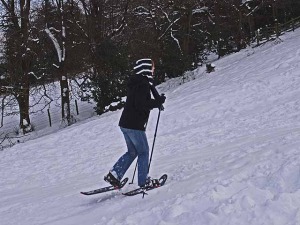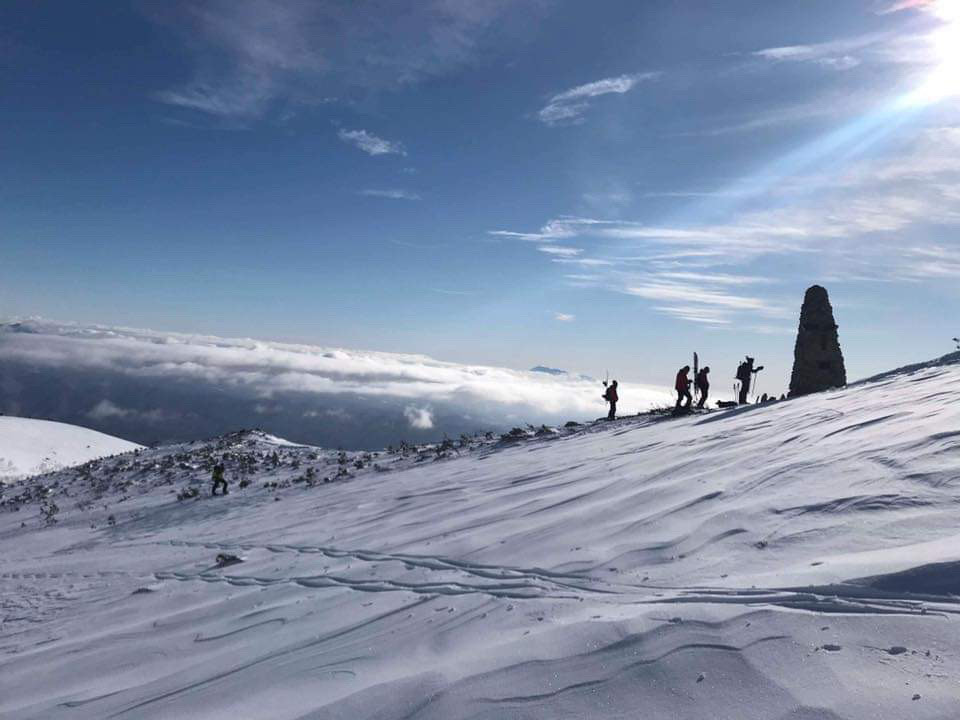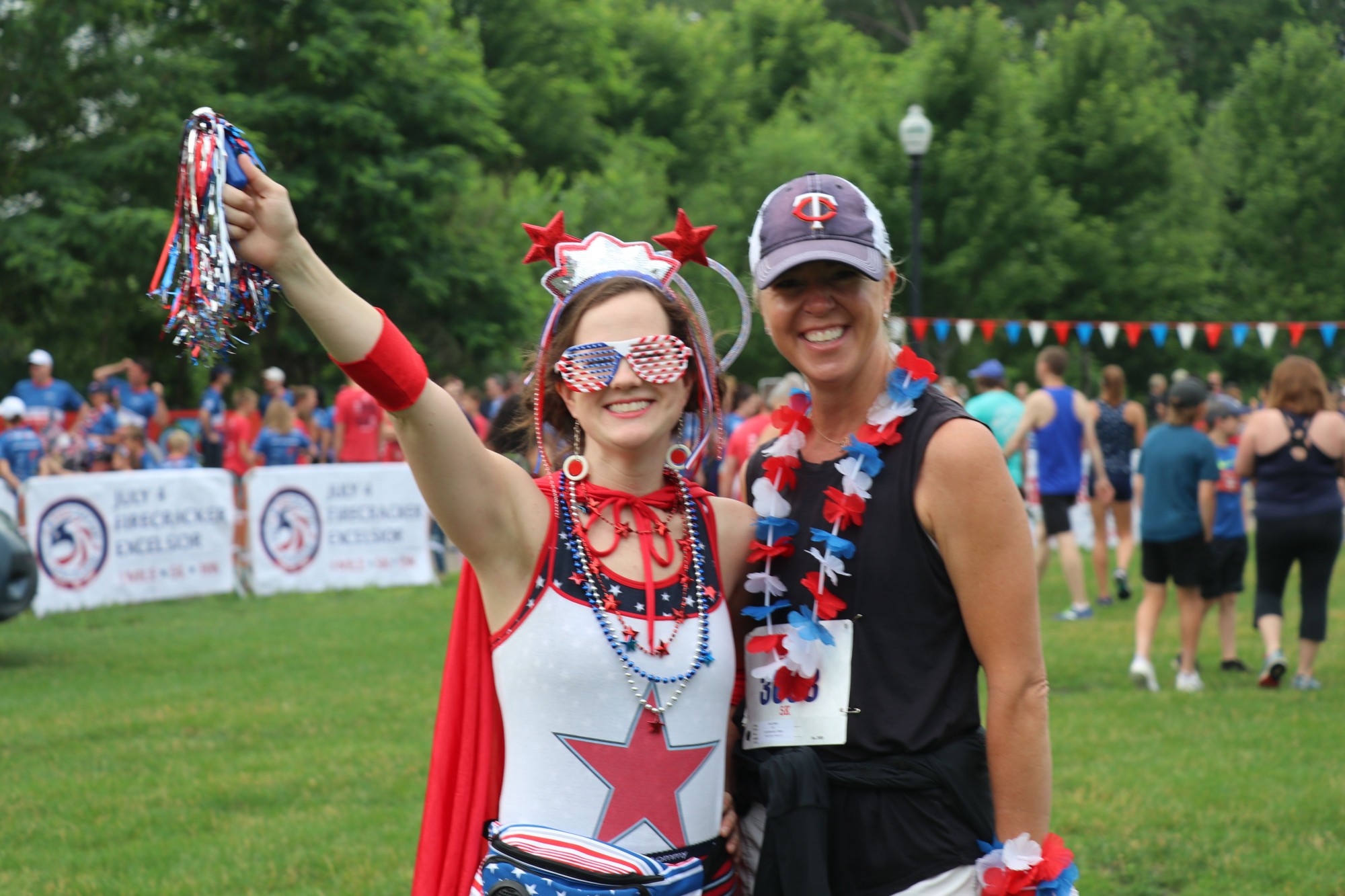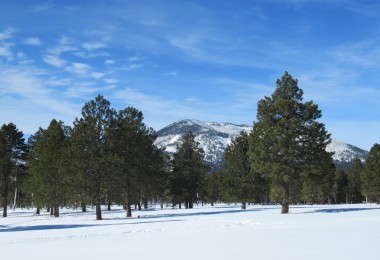Snow sports can be a lot of fun, but you need to exert some caution because there is a risk of injury at almost every junction. This is certainly the case for skiers and snowboards who can have an exhilarating time but injuries are common and serious injuries are not unheard of either. With some sound and poignant knowledge, you can have a fantastic winter vacation or trip without it turning into a disaster.
Common Reasons People are Injured
There are many different reasons why snow sports enthusiasts suffer from injuries on the slopes. These are:
- Using rented equipment
Any rented equipment such as bindings, boots, and skis which aren’t appropriately adjusted to fit the skier or snowboarder in question may result in a serious injury.
- Bindings that aren’t adjusted properly
Most skiing injuries, especially where children are concerned, occur when bindings haven’t been properly adjusted. This is one of the most common factors related to injuries.
- Not understanding one’s own physical limitations
Pushing yourself beyond the capabilities and skill level of your body can lead to injuries and accidents. Identify your own physical limitations and don’t push your body beyond that, at least not when you have just begun to partake in snow sporting activities.
- Lack of proper training
It is important to receive some formal training where snow sports are concerned. The lack of professional lessons seems to play an important role in the possibility of injury on the slopes. Novice skiers and snowboarders should invest in some sort of formal training so that may acquire a certain skill level and stay safe. Some people also claim that with increased skill level, also comes overconfidence and the subsequent attempt to make difficult runs or perform stunts on the slopes, which eventually and does increase the risk of injury.
Most common snow sport injuries
Among the most common snow sporting injuries are:
- Head & spinal injuries
These injuries occur mainly due to a collision with lift towers, trees or other skiers, and falls or because of chairlift accidents. One of the most predominant factors in spinal and head injures is speed. People who suffer a head or spinal injury should seek medical attention immediately and be monitored closely for 48 hours.
- Knee ligament injuries
Tears and injuries to the knee ligament are fairly common among skiers and snowboarders. Snow sports enthusiasts should consult with a physiotherapist or an orthopedic specialist after a knee injury.
- Skier’s thumb
Skier’s thumb is a common upper limb injury among those slope regulars and accounts for 10 percent of all skiing accidents and injuries. It is caused during a fall, when the ski pole gets stuck in the snow, and acts like a lever against the inside of the base of the thumb, therefore overextending it, and spraining the ligaments or causing a complete rupture.
- Snowboarder’s ankle
Snowboarders ankle is a fracture of the outer area of the Talus bone of the ankle. This usually results from a high energy ankle sprain. These injuries don’t always show up on X-rays, making them rather difficult to detect. A CT scan might be needed to confirm snowboarder’s ankle if a patient suffers from persistent ankle pain.
- Wrist fractures
Fractures of the wrist usually happen when snowboarders experience falls and they extend their hand out in front of them to break the fall, a natural response. This is common among beginners.
How to prevent accidents on the slopes
There are a few ways to ensure that you stay safe while your winter shenanigans on the slopes:
- Ensure that you are in shape to snowboard or ski. It is important to prepare for any winter sport with a conditioning program, designed to improve strength and core stability.
- Winter sports are just like any other sporting activity. That is why it is important to warm up and cool down before and after. Do a couple of stretches to ensure that your body is ready for the activity.
- If you are skiing, avoid putting your hands inside the ski pole loop as it increases your risk of suffering from a ‘skiers thumb’ injury if you fall.
- If you are planning on snowboarding, don’t forget your wrist guards, which reduce your chances of wrist injury during a fall significantly.
- When it comes to equipment, avoid borrowing from your friends. If you are planning to rent equipment, make sure to do so from a decent store and see that your equipment fits you well. Most likely the slope business itself will be the one renting you supplies and the proper accessories.
- Be sure to wear the right kind of clothing that does not restrict your movement.
- Try and use ‘multi-mode’ bindings and be sure to test them everyday.
- Wearing a helmet can protect you from a minor concussion caused during a collision or a fall.










Leave a Comment